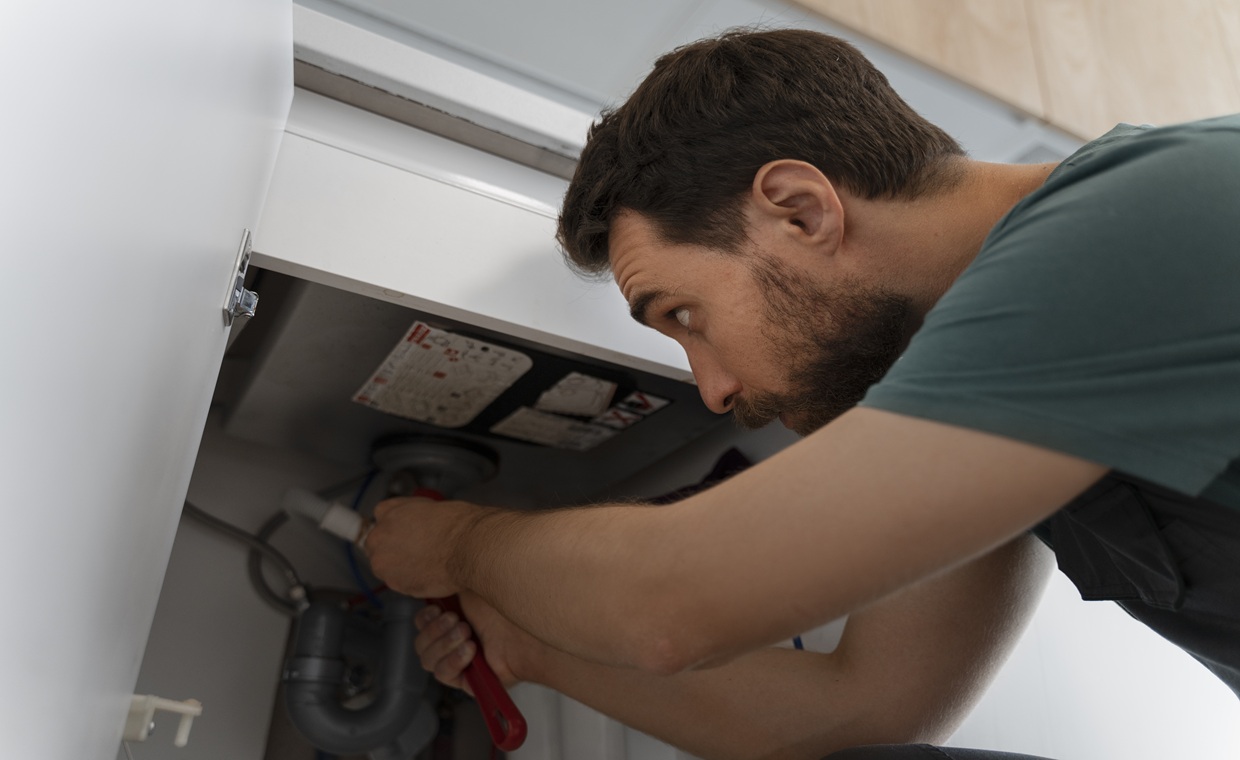
As buildings become increasingly complex, so do their control systems. Window installations, in particular, can present unique challenges when inspecting and repairing control systems. Fortunately, using general-purpose panels with flanges can improve access to these systems, making inspections and repairs more accessible and efficient.
What are Control Systems in Window Installations?

Control systems in window installations regulate various functions, such as temperature, lighting, and security. These systems involve a range of sensors, controls, and actuators that work together to maintain optimal conditions within a building. Given their critical role in building operations, it’s essential to ensure that control systems inspect and maintained regularly to prevent malfunctions and system failures.
Challenges of Inspecting and Repairing Control Systems in Window Installations
Inspecting and repairing control systems in window installations can be difficult and time-consuming. One of the main challenges is gaining access to the control systems located in hard-to-reach areas such as above ceilings or behind walls. It can require extensive disassembly of the window installation, leading to increased labor costs and potential damage to the building.
Maintaining the structural strength of the building envelope during inspections and repairs presents another challenge. Any gaps or openings created during the process can compromise the insulation and air barrier, potentially leading to energy loss, moisture intrusion, and other issues.
How Flanged Panels Improve Access to Control Systems?
One solution to these challenges is using general-purpose panels with flanges. These panels design to easily install and remove, allowing quick and convenient access to control systems without the need for extensive disassembly of the window installation.
Flanged panels can be customized to fit the exact dimensions of the control system, ensuring a tight fit that minimizes the risk of air leakage and energy loss. The flanges also provide a seal around the panel, helping to maintain the integrity of the building envelope during inspections and repairs.
Benefits of Using Flanged Panels for Control System Inspections and Repairs
There are several benefits to using flanged panels for control system inspections and repairs in window installations. First, flanged panels can save time and money by reducing the labor costs associated with disassembling and reassembling the window installation. It can make inspections and repairs more efficient and cost-effective.
Second, flanged panels can improve the accuracy of inspections and repairs by providing better access to the control systems. It can help technicians identify and diagnose problems more quickly, reducing the risk of system failures and downtime.
Finally, flanged panels can help maintain the energy efficiency and performance of the building envelope by minimizing air leakage and other issues that can arise during inspections and repairs. It can help reduce energy costs and improve occupant comfort and satisfaction.
Tips for Using Flanged Panels for Control System Inspections and Repairs
If you’re considering using flanged panels for control system inspections and repairs in window installations, there are a few tips to remember:
1. Choosing the Right Type of Panel: There are different types of flanged panels available, including access panels, ventilation panels, and acoustic panels. Select the panel type for the control system you are looking at or repairing that best satisfies your demands.

2. Get Accurate Measurements: Before buying a flanged panel, it’s essential to get exact measurements of the control system to ensure it fits well. It can help avoid gaps or other problems that could hurt the structure of the building envelope.
3. Install Panels Properly: To ensure proper sealing and performance, install flanged panels following the manufacturer’s instructions. Consult a qualified technician or contractor if you need help installing a flanged panel unit.
4. Inspect Panels Regularly: Like any building component, flanged panels should regularly inspect to ensure they are functioning correctly and are not damaged or deteriorated. Regular checks can help prevent problems and make them last longer.
Incorporating Flanged Panels in Window Installations
When designing or upgrading a building’s window installations, it’s essential to consider using flanged panels for control system inspections and repairs. It can involve working closely with contractors and technicians to ensure the panels integrate into the window installation design.
In addition, building owners and managers should make a repair plan that includes regular checks of control systems and flanged panels. It can help find possible problems before they get too big and ensure the building’s control systems are working well and efficiently.
Overall, flanged panels are a valuable tool for improving access to control systems in window installations. By choosing the right type of panel, getting accurate measurements, installing panels correctly, and inspecting panels regularly, building owners and managers can ensure the ongoing operation and maintenance of their building’s control systems.
Conclusion
In today’s complex building environment, using general-purpose panels with flanges can help improve access to control systems in window installations, making inspections and repairs more accessible and efficient. Using flanged panels can save time and money, improve system accuracy, and maintain the energy efficiency and performance of the building envelope. Whether designing a new building or upgrading an existing one, flanged panels are essential for ensuring control systems’ ongoing operation and maintenance in window installations.






























